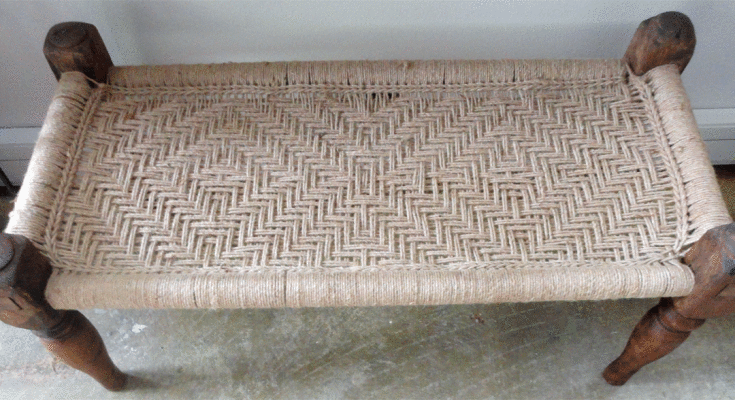Charpai: History of Indian Khat and Its Journey : Charpai may be the most stylish and delightful furnishings that you would ever get in modern periods. However, every type of furnishings has a regional name for it, and it is necessary for you to know what the regional titles indicate, so that you buy the right type of furnishings for yourself. While there are several titles for, one of the most verbal about is the charpoy. The charpoy is actually the name for the cot. The charpoy is a rectangle-shaped or rectangle structure that is linked together with coir, enabling the individual to sit or rest on it. Here is some more details about this conventional (double bed price) Charpai.
The very first, conventional charpoy is typical and popular non-urban furnishings. In the towns, the charpoy structure is created up of timber and the bottom is linked together with coir. Many town homes in make their own charpoys, as the timber as well as the coir is something that they get ready at house. The charpoy is used for resting as well as a couch. The coir platform is linked quite firmly and it can even help up to three or four individuals looking at it, without the threat of splitting.
The contemporary charpoys is an improvement of the old Charpoy. Nowadays, it can become of various components like metal, metal etc, while the bottom can be linked up with pure cotton discussions or any other content that the charpoy manufacturer has in thoughts. Also, the style of the contemporary khat or khatiya has evolved a lot from the old ones, and is as stylish and smooth as any kind of new furnishings that you might be looking for.
Since charpoys have their lifestyle since the time that equipment did not are available, it is apparent that the traditional charpoy was hand crafted, which did make each Indian cot unique, but it also created it a bit difficult and dull. However, with new, bulk manufactured charpoys, you can get the most wonderful and delightful charpoys created.
Read Also: Cow Dung Cakes: Now The Hot Selling Items Online
When the Moroccan traveler and pupil Ibn Battuta came to Delhi to participate in the judge of the Turkic Sultan Muhammad bin Tughlaq, he was hit by many factors Indian – the dancing and songs, luxurious elegant foods, paan, grape and apple, and Indian mattresses. “The mattresses in Indian are very mild,” Battuta had written in 1350. “An individual man can bring one and every traveler should have his own bed, which his servant provides about on his go. The bed comprises of four conical feet, on which four staves are laid; between they plait a kind of ribbons of soft silk or pure cotton. When you lie on it you need nothing else to provide the bed completely flexible.
The Charpai, which is used for resting and enhances up as a day bed, is said to be 5,000 many decades of age. Its actual provenance is unidentified but what is certain is that several traditional changes did not end its reputation. The ancients were attached to daybeds, which is confirmed by the different editions of it discovered in Egypt and Mesopotamian societies. However, the hand crafted charpai, with its easy framework.



